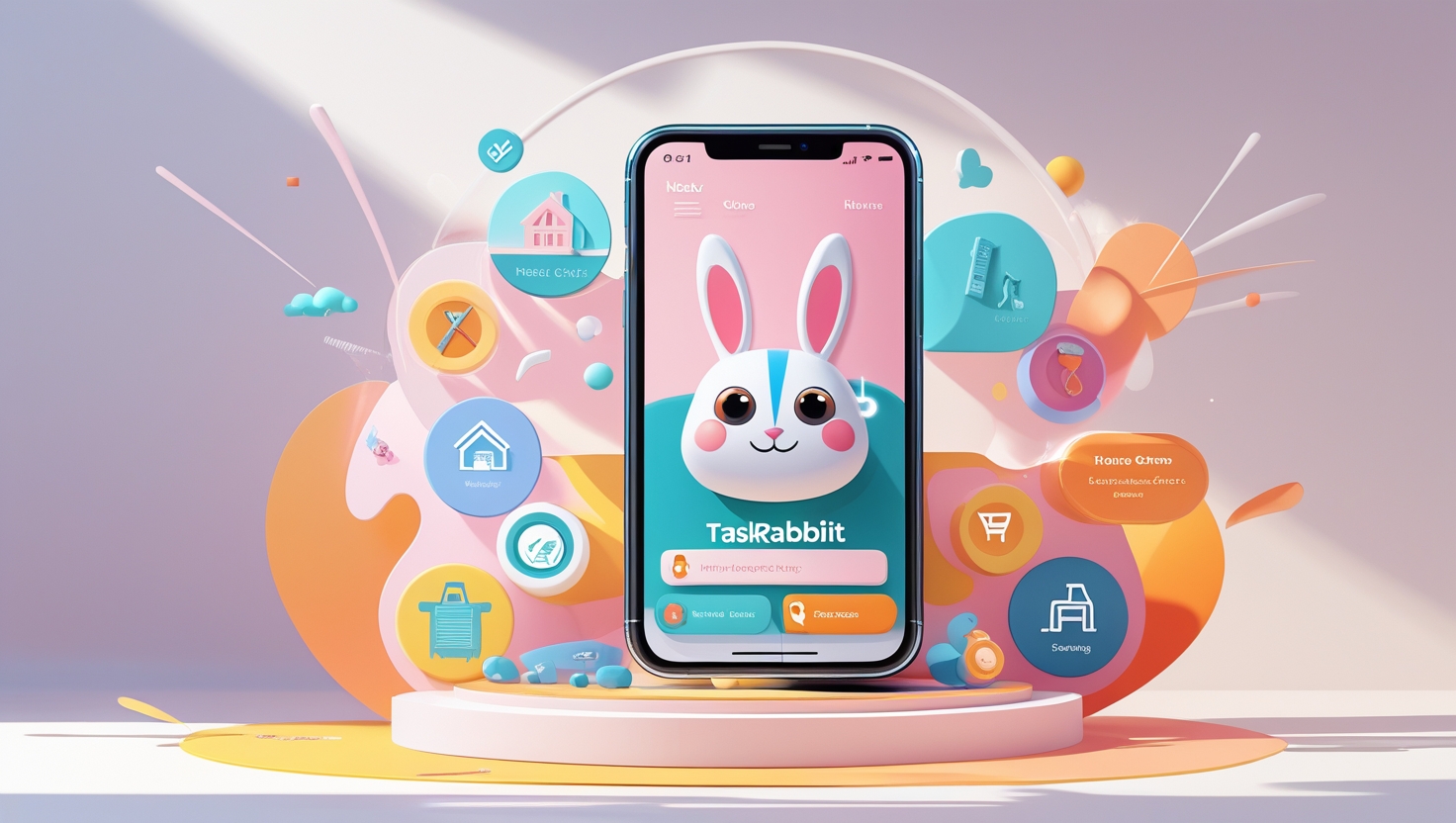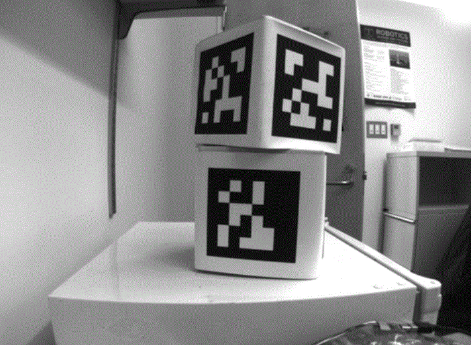With the growth of the gig economy, on-demand service platforms have gained significant popularity. TaskRabbit, an app that connects people with professionals who can help with tasks like cleaning, moving, and home repairs, is one of the most successful examples of such platforms.
If you’re considering creating a similar app to meet local service needs, you’re on the right path. In this article, we’ll go through the steps of building a TaskRabbit clone app for your business.
1. Analyze Your Target Market
Before building the app, it’s crucial to analyze your target market. A TaskRabbit clone app is not just a product, but a solution to a problem. You need to understand who will use your platform, what services are in demand, and how to make your platform stand out from competitors.
Start by identifying the specific services your app will offer. Will it focus on cleaning, home repairs, deliveries, or a broader range of tasks? This decision should be based on local needs, as well as gaps in the market. If you’re targeting a city with a high demand for cleaning services but low availability of service providers, that might be the focus of your app.
2. Choose the Right Features
Creating a TaskRabbit clone means replicating many of the features users expect from such platforms. However, you can tailor the features to fit your specific business needs. Here’s a list of key features to include in your app:
User Profiles
Users should be able to create profiles where they can manage their tasks, track their progress, and communicate with service providers. Profiles can include personal information, payment methods, reviews, and more.
Service Provider Profiles
Just as important as user profiles, service provider profiles allow professionals to present their skills, experience, and ratings. This transparency helps build trust and credibility with users.
Task Posting
Allow users to post tasks easily. This feature should allow them to describe the task in detail, set a timeline, and mention any requirements. The task posting system should also include location services to identify where the task needs to be completed.
Matching System
Your app needs a smart matching system that connects users with the right service provider. This system can take into account factors such as location, skill set, ratings, and availability. The better your matching system is, the more users will be satisfied with the service they receive.
Ratings and Reviews
After completing a task, users should be able to leave feedback on the service provider. This feature helps maintain a high level of service and can act as a self-regulating mechanism within the app. It also helps new users find reliable service providers.
Payment Integration
A secure payment gateway is essential. Your app should allow users to pay for tasks through various methods, including credit/debit cards, digital wallets, and other online payment options. Payment integration should be smooth and secure for both users and service providers.
Notifications
Push notifications help keep users and service providers updated on task status, upcoming appointments, and other essential updates. Alerts about task deadlines, payments, and reviews can keep both parties engaged.
GPS and Location Tracking
Since tasks are typically location-based, integrating GPS tracking is crucial. It allows both users and service providers to track each other’s location, ensuring a more efficient and timely service delivery.
3. Select the Right Technology Stack
Choosing the right technology stack for your app is a critical decision that impacts your app’s performance and scalability. For a TaskRabbit clone, you’ll need a combination of front-end, back-end, and database technologies to ensure smooth operation. Here’s an overview of some technologies you might consider:
Front-End Development
For the user and service provider interfaces, you can use frameworks like:
- React Native: For cross-platform app development.
- Swift: For iOS app development.
- Kotlin: For Android app development.
These tools help ensure your app looks good and performs well on both major platforms.
Back-End Development
The back-end handles the logic and operations of the app. Here are some technologies for back-end development:
- Node.js: A popular choice for handling concurrent connections.
- Ruby on Rails: Known for its speed and simplicity in building web apps.
- Django (Python): Great for rapid app development and scalability.
For databases, consider using:
- MongoDB: A NoSQL database that’s flexible and scalable.
- PostgreSQL: A relational database ideal for complex queries and data integrity.
- MySQL: A well-established, reliable relational database.
Cloud Services
To host your app and ensure scalability, use cloud services like:
- AWS (Amazon Web Services)
- Google Cloud
- Microsoft Azure
Cloud hosting allows you to scale up or down based on demand, ensuring smooth performance even during high traffic periods.
Payment Gateway Integration
Integrating a payment gateway is essential for processing transactions securely. Some popular options include:
- Stripe: Easy to integrate with a wide range of payment methods.
- PayPal: A trusted name for secure online payments.
- Razorpay: Popular for businesses in India and surrounding regions.
4. Develop the App
With a clear plan for features and technology in place, you can begin developing the app. Start with a wireframe or prototype to give stakeholders an idea of how the app will work and look. This stage allows for feedback and adjustments before full-scale development begins.
Design the User Interface (UI)
User experience (UX) is critical to the success of your app. A clean, easy-to-navigate design will encourage users to return. Focus on making task posting, task matching, and payment processes as simple as possible. Use large buttons, intuitive navigation, and well-organized layouts.
Build the Back-End Infrastructure
Once the front-end design is ready, work on building the back-end infrastructure. This involves setting up databases, creating server-side logic for handling user requests, and integrating third-party services such as payment gateways and notification systems.
Test the App
Testing is a crucial step in the app development process. Test the app on different devices and operating systems to ensure compatibility. Perform functional testing to ensure all features work correctly and usability testing to guarantee a smooth user experience.
5. Launch the App
After thorough testing and refinement, you’re ready to launch your app. But before making it available to the public, consider a soft launch to gather initial feedback and fix any last-minute issues.
6. Market Your App
Once the app is live, you’ll need to market it to attract both service providers and users. Here are some marketing strategies to consider:
Social Media Marketing
Use platforms like Facebook, Instagram, and Twitter to create awareness about your app. Share user testimonials, highlight your unique services, and run targeted ads to reach potential users.
Search Engine Optimization (SEO)
Optimize your website and app store listings to rank higher in search results. This helps drive organic traffic to your platform, especially when people search for local service providers.
Referral Programs
Consider offering incentives for users who refer others to your app. Referral programs can help you grow your user base quickly.
Partnerships and Local Events
Partner with local businesses to promote your app. Consider attending community events to spread the word and engage with potential users and service providers.
7. Maintain and Update the App
Once your app is launched and users begin using it, don’t just leave it there. Continuously monitor user feedback, fix bugs, and release updates to improve the app. Adding new features based on user demands and improving the overall experience will help keep users engaged.
8. Monetize the App
You can monetize your TaskRabbit clone app in several ways:
- Commission Fees: Charge service providers a percentage of each task they complete through the platform.
- Subscription Fees: Offer premium services to users and service providers for a monthly or yearly fee.
- Advertisements: Include non-intrusive ads in the app to generate revenue.
Conclusion
Building a TaskRabbit clone app for your business involves more than just replicating features; it requires a solid plan for addressing local market needs, offering essential services, and providing a user-friendly experience. By carefully selecting features, technologies, and marketing strategies, you can create a successful platform that connects users with service providers while generating consistent revenue. With ongoing updates and attention to detail, your app can grow into a trusted resource for on-demand tasks in your community.









